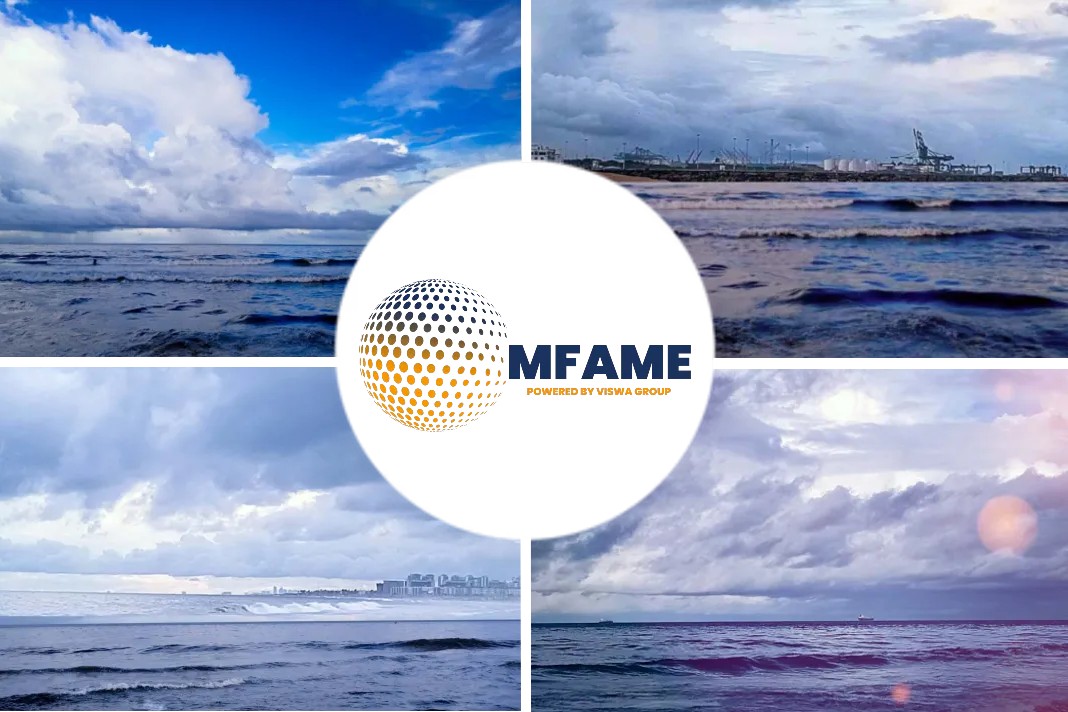According to Alfa Laval, Retrofitting a SOx scrubber demands not only choosing the right system, but also finding a supplier that can ensure a successful project, says an article published in Seatrade Maritime News.
Supplier recognising the complexities matters
The task of choosing the right scrubber solution can feel overwhelming, especially when it comes to a retrofit.
It is not enough with the scrubber system meeting the technical criteria. The supplier must also recognize the complexities of getting it on board, which are compounded by the high intensity of the current retrofit period.
As with most things at sea, experience is the best guarantee. Alfa Laval lists out a couple of points to consider while choosing a supplier and shares how they handle the same:
- Wise look into supplier’s reference list
- Planning and preparation save time
- Strong cooperation is essential
- Meeting deadlines and the requirements
Wise look into supplier’s reference list
A supplier’s reference list is a clear indication of experience. But while a list of systems sold has value, it means considerably less than a list of customers who have seen solutions in practice and are willing to endorse the result.
How is it done at Alfa Laval
“It’s always wise to look deeper into a supplier’s technical capabilities, global resources, logistics, processes and best practices,” says Erik Haveman, Sales Director, Exhaust Gas Cleaning at Alfa Laval, one of the suppliers with the most scrubber retrofit experience.
“Those things aren’t reflected in a list of systems sold.”
Planning and preparation save time
Alfa Laval has successfully completed over 100 Alfa Laval PureSOx scrubber retrofits, at all major shipyards worldwide.
This has given the team unique insights that are constantly being applied to improve Alfa Laval’s retrofit processes.
How is it done at Alfa Laval
“We’ve found that delivering PureSOx scrubbers as prefabricated components and modules is a winning strategy, as it saves time and work on board,” says Haveman. “For faster installation, the scrubber can also be built into a new funnel on the shipyard quay, and then simply lifted on board.”
Whatever the individual solution, planning and preparation are important. “Each installation has its own challenges,” says Haveman. “To minimize the vessel’s downtime, we usually perform some of the preparations while sailing.”
Strong cooperation is essential
A vital aspect of reducing downtime, overcoming obstacles and ensuring success, Haveman emphasizes, is ensuring tight cooperation between supplier, ship owner, shipyard and any engineering company involved.
This is a matter not only of strong documentation, but also of communication and routines.
How is it done at Alfa Laval
“We appoint a dedicated project manager who takes responsibility for each retrofit,” Haveman says. “Each new project begins with a kick-off phase, where our dedicated project team aligns the goals with the customer. Throughout the project, we have regular status meetings to deal with anything that arises and ensure that everything is moving forward.”
Meeting deadlines and the requirements
Alfa Laval’s well-developed processes are not only for efficiency, Haveman says, but also to ensure the expected results.
How is it done at Alfa Laval
“Through technical and practical measures, we can generally limit the total retrofit downtime to 2–4 weeks,” Haveman says. “But we also take full responsibility for seeing that PureSOx is in compliance, both through our commissioning at sea and by facilitating the class and flag state approvals.”
For an example of a SOx scrubber retrofit process, watch this three-minute video of a PureSOx retrofit in Japan: click here
Did you subscribe to our daily newsletter?
It’s Free! Click here to Subscribe!
Source: Seatrade Maritime News






















